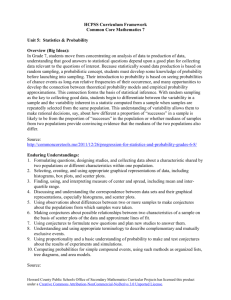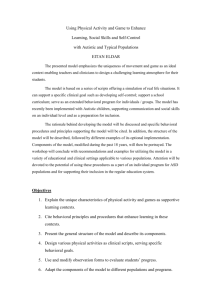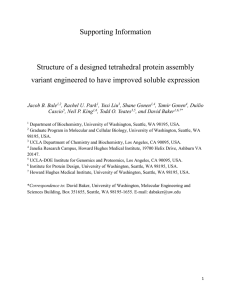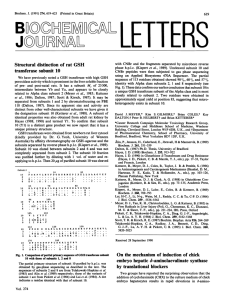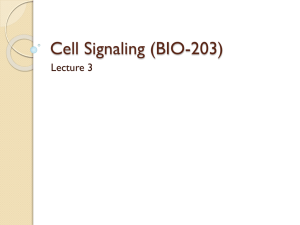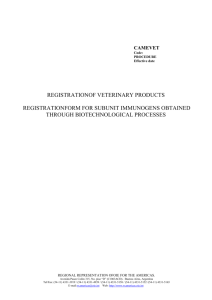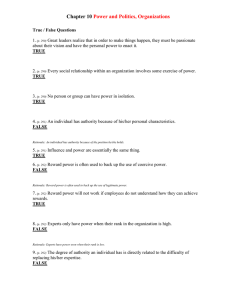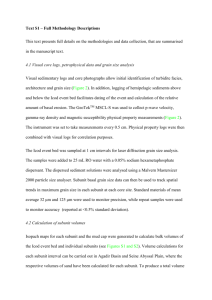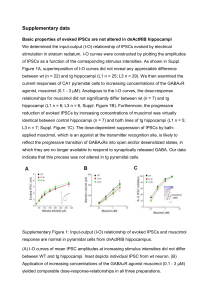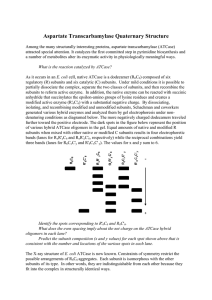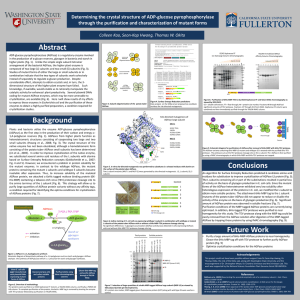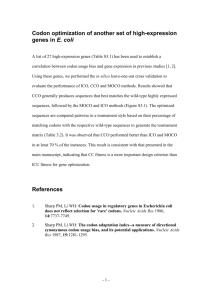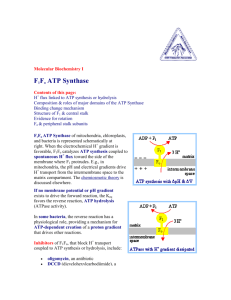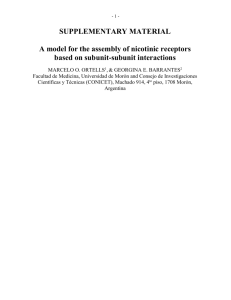schlosser.sequencingrationale.doc
advertisement
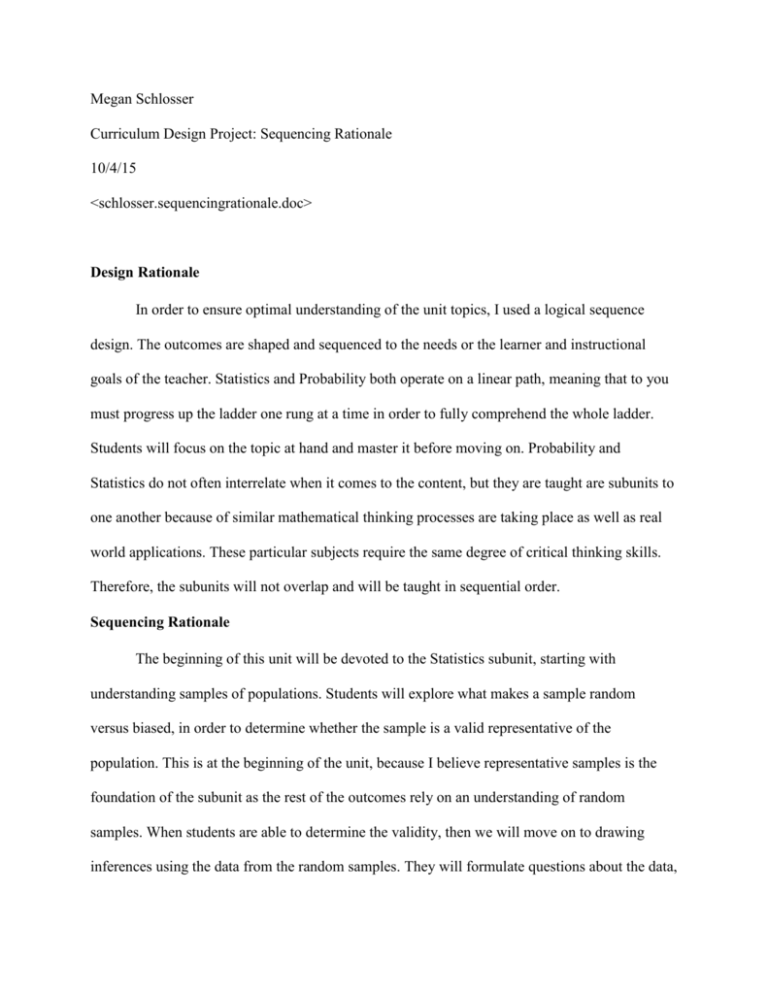
Megan Schlosser Curriculum Design Project: Sequencing Rationale 10/4/15 <schlosser.sequencingrationale.doc> Design Rationale In order to ensure optimal understanding of the unit topics, I used a logical sequence design. The outcomes are shaped and sequenced to the needs or the learner and instructional goals of the teacher. Statistics and Probability both operate on a linear path, meaning that to you must progress up the ladder one rung at a time in order to fully comprehend the whole ladder. Students will focus on the topic at hand and master it before moving on. Probability and Statistics do not often interrelate when it comes to the content, but they are taught are subunits to one another because of similar mathematical thinking processes are taking place as well as real world applications. These particular subjects require the same degree of critical thinking skills. Therefore, the subunits will not overlap and will be taught in sequential order. Sequencing Rationale The beginning of this unit will be devoted to the Statistics subunit, starting with understanding samples of populations. Students will explore what makes a sample random versus biased, in order to determine whether the sample is a valid representative of the population. This is at the beginning of the unit, because I believe representative samples is the foundation of the subunit as the rest of the outcomes rely on an understanding of random samples. When students are able to determine the validity, then we will move on to drawing inferences using the data from the random samples. They will formulate questions about the data, interpret the data, and come to reasonable conclusions drawn from the data. Once students master working with one population, we will move on to two populations. Students will assess the degree of overlap between these two sets of data. They will measure the difference of centers in order to determine the measure of validity. This builds off students’ prior knowledge of the measures of centers – mean, median, and mode – that they learned in 5th and 6th grade. Once students are able to find the measures of center and measure of validity, they will be able to make comparative inferences about two populations using random samples. Again, they will formulate questions, interpret the data, and draw conclusions form the data that compares the two populations. Ultimately, this entire unit leads up to the student gaining the skills to apply their statistical reasoning skills to the data of two populations generated from the random samples they took and then make valid inferences from such data. Once the Statistics subunit is over, we will move on to the Probability subunit. Since the whole unit is focused on probability, we will start with how to express probability, which is the likelihood of an event. Probability is a number ranging from 0-1; unless it an absolute probability of 1 or an impossible probability of 0, then the probability will be a fraction. Students will explore and realize that the closer the fraction is to 0, the less likely and the closer the fraction is to 1, the more likely. Once student comprehend how to interpret the probability, they will be able to collect data on a chance event and approximate the probability. Then, they will be able to take the approximate probability and determine the approximate frequency of the event based on the probability. Then, they will be able to determine and list all sample space for chance events and identify all possible outcomes. When they see all possible outcomes, they will be able to determine whether an event is fair or unfair (whether there is an equal or unequal chance). Then, they will be able to find the probability of compound events. They will learn and apply many strategies to find the probability of compound events: tables, tree diagrams, simulations, and the Fundamental Counting Principle. Ultimately, all these skills and conceptual knowledge will guide students to be able to design and run a simulation to generate frequencies for compound events on their own with their own created situation.

